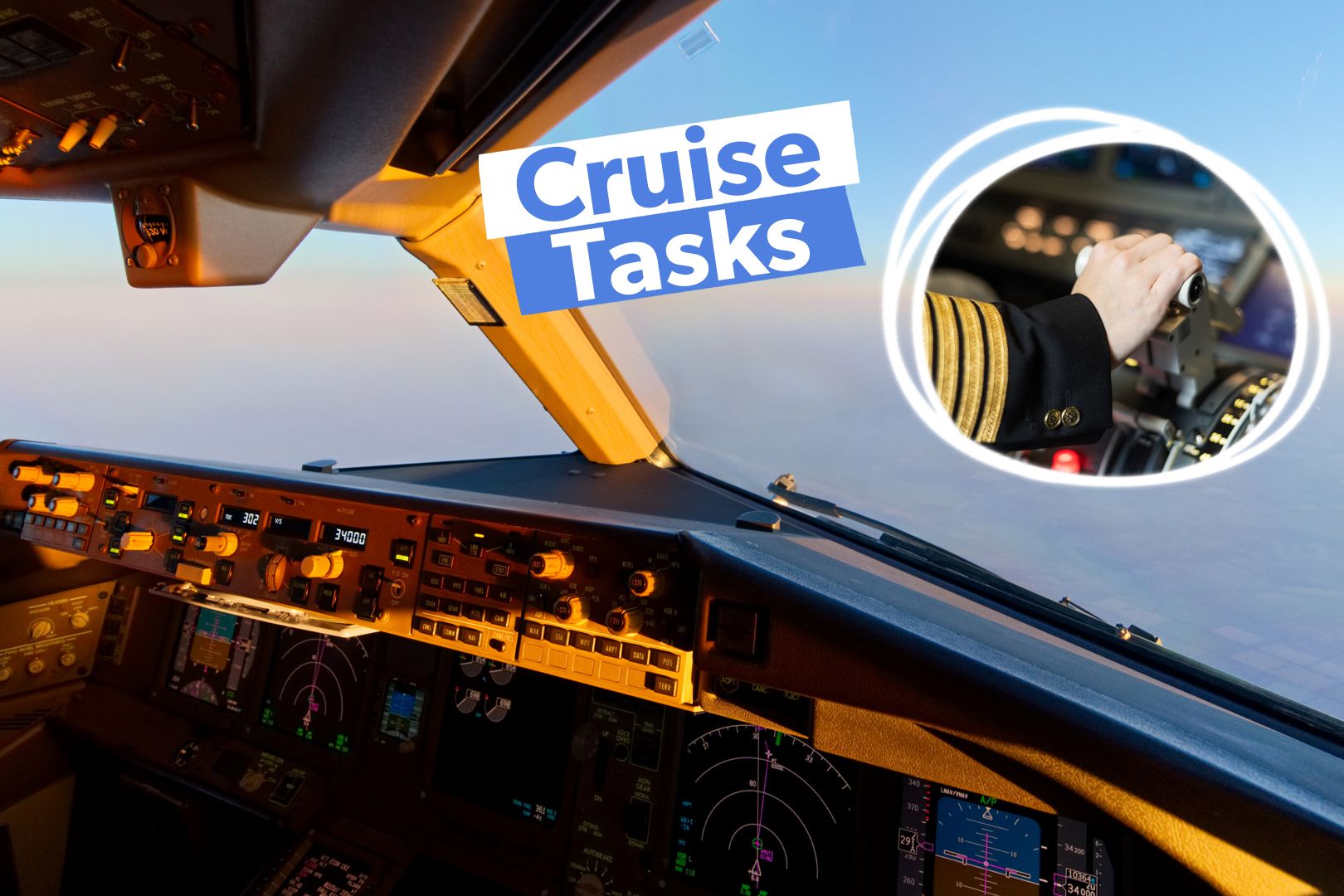It's no secret that the autopilot flies the vast majority of a flight. Most airliners allow for the use of full automation in the first few hundred feet of the climb and don't require it to be turned off until moments before landing, if at all. Though many pilots enjoy hand flying, cruise flight is almost exclusively flown by the autopilot.
This is not to say pilots can sit back and relax the whole journey, as even when autopilot is in control there's still plenty to do and remain aware of. Here's what pilots do while the plane is "flying itself." Weather avoidance One of the primary responsibilities of pilots during all phases of flight is avoiding adverse weather.
In rarer cases, pilots must also avoid volcanic ash or wildfire smoke. Bad weather can pose a safety threat, so pilots are always diligent about avoiding stormy patches. Weather is incredibly dynamic, and both pilots use all the tools at their disposal during cruising to evaluate and assess changing conditions, especially when approaching an extensive frontal system.
Technology is getting better at predicting weather patterns and implementing that knowledge into the cockpit, but pilots must remain alert at all times for the possibility of inclement weather. Nowadays, pilots depend heavily on software on iPads and other electronic flight bag devices to track developing weather. These devices are connected to a dedicated WiFi network on the plane, which provides updated weather overviews, including cloud heights, tu.


















